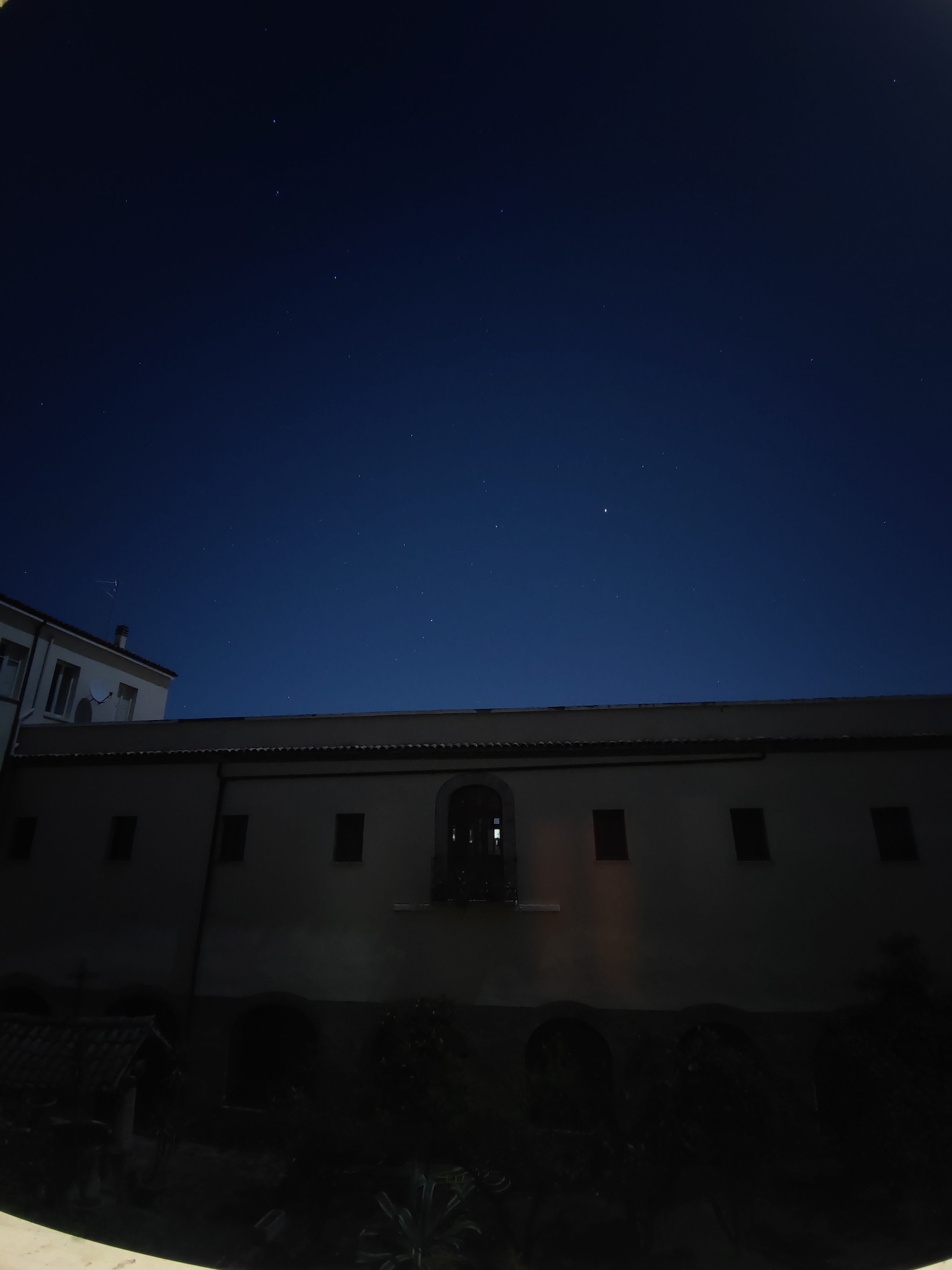

| Expecting the T CrB recurrent nova explosion |

|

|
|
Compiti per le vacanze di Pasqua: trovare la Corona Boreale / Easter's homeworks: Finding Corona Borealis 
Pescara, 28 march 2024 All students interested into Novae, Supernovae and very high energy astrophysics process have to locate the nice constellation of Corona Borealis, and observe it during these nights, with naked eye. The recurrent Nova T Coronae Borealis is expected to brighten up to the second magnitude any time from now until the end of April. The model based upon observations of 1217, 1787 and 1866, 1946 (This Nova Will Soon Erupt as a Once-in-a-Lifetime ‘New Star’ in the Night Sky | Scientific American", 25 march 2024") on stellar astrophysics predict such an explosion, at 3000 light years from us, visible to the naked eye for a few nights. ICRANet researchers are currently studying similar phenomena related to the naked-eye historical galactic supernovae: 1006, 1054, 1572 and 1604 AD, in view of the marcel Grossmann Meeting of 7-12 July 2024 (Seventeenth Marcel Grossmann Meeting (7-12 July 2024): Overview · ICRANet Indico platform) where also such rare phenomenon will be discussed by specialists. Many theoretical insights will be enlighten by this epochal event, and the possibility to be eyewitnesses is the motivation of this "homework". The Corona Borealis is 20° East, a palm with an outstretched arm from Arcturus, the brightest star of the Northern Hemisphere. At 11 PM local time it is already well visible toward East 30° above the horizon. For the increasing light pollution find a dark site, take also binocular, and a stellar map (application) like stellarium, and... be patient like Johann Hevelius and his young bride Elizabeth (Ordering the Heavens: Hevelius’s Revolutionary 17th-Century Star Catalog and the First Moon Map – The Marginalian). Solo per due notti, la Corona avrà due gemme Cercare in queste notti la costellazione della Corona Boreale, distante un palmo di mano aperta a braccio teso dalla stella più luminosa del cielo boreale, la gigante rossa Arturo. Sta per "accendersi" una stella che aggiungerà un'altra gemma alla corona Boreale, la cui stella più luminosa in Latino si chiama proprio Gemma, e in Arabo Alphecca. Questo evento è estremamente rilevante sia dal punto di vista storico, perché è secondo solo alle Supernovae galattiche del 1006, 1054, 1572 e 1604, perché è il primo ad essere previsto con qualche mese di precisione, e perché capita in un momento storico in cui -proprio all'ICRANet- stiamo capendo la fisica che sta dietro uno di questi eventi, apparso per la prima volta ai cinesi il 4 luglio del 1054... Essere testimoni oculari di un fenomeno del genere è una possibilità unica nella vita di una persona, durerà solo qualche notte, e questo "assignment" serve per mettersi in grado di vederlo appena esploderà; i social newtork non mancheranno di annunciare il fenomeno, e sapere già dove guardare ce lo renderà visibile e riconoscibile, infatti solo per due notti la corona avrà due gemme. C. Sigismondi References: B. Schaefer, https://www.aavso.org/news/t-crb-pre-eruption-dip |
|
||